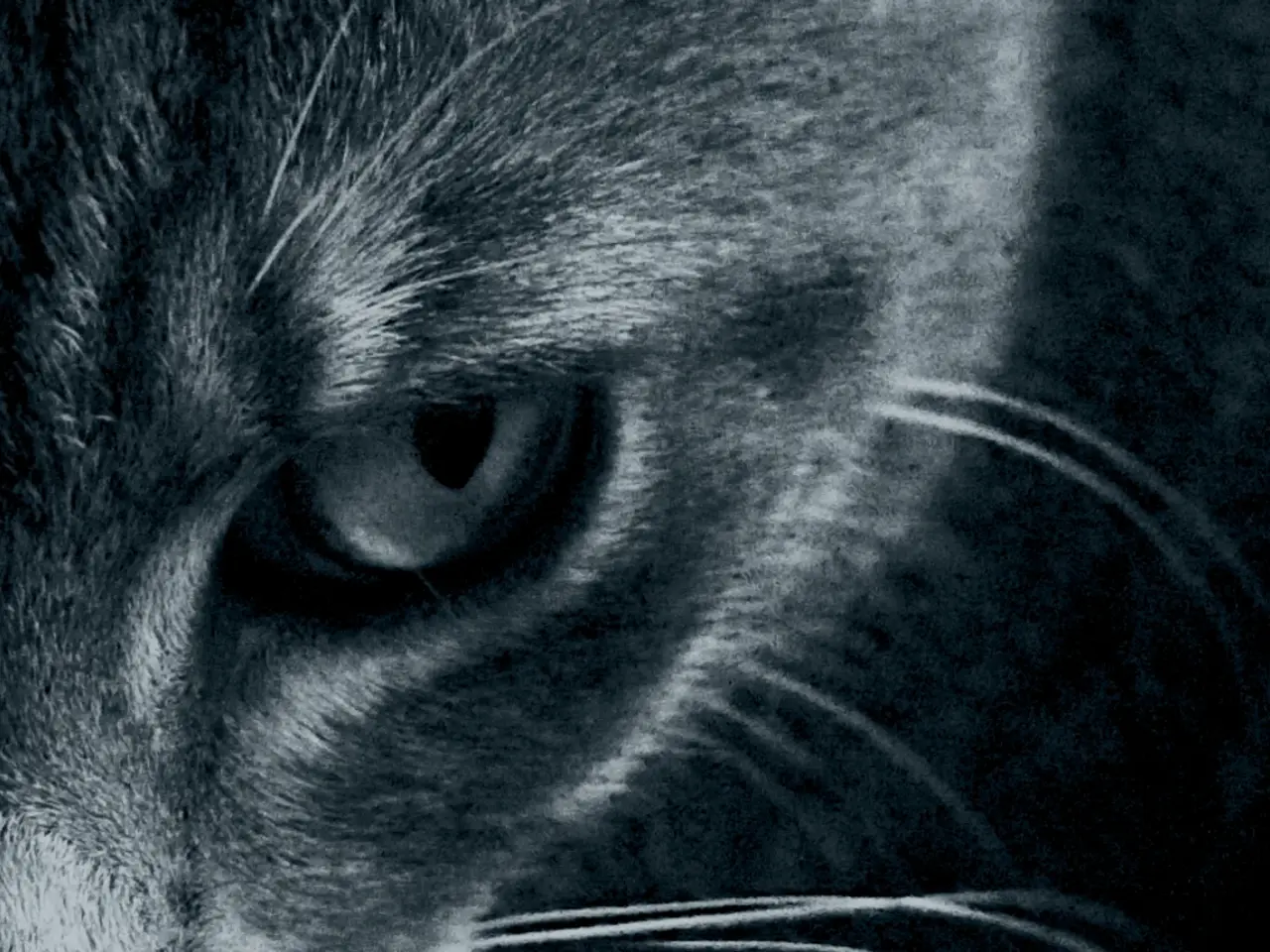Information About Dog Eyelids: Common Issues and Facts
Dogs, like humans, can experience various eye problems that can impact their vision and overall health. Here's a guide to some common eye issues in dogs, their symptoms, and how they can be managed.
Blepharitis, the inflammation of the eyelids, can be caused by parasites such as demodex and scabies mites, the fungus that causes ringworm, or allergies. If you notice any abnormalities with your dog's eyelids, such as swelling, redness, hair loss, discharge, growths, or color changes, it is important to have your dog evaluated by a veterinarian.
Entropion, a common dog eyelid problem, occurs when part or parts of a dog's eyelids roll inwards, causing irritation, excessive tearing, redness, squinting, and increasing the risk of corneal ulcers, corneal scarring, and dry eye. Entropion is often breed-related and commonly occurs in English Bulldogs, Labradors, and Golden Retrievers.
Eye problems in dogs can range from mild discomfort to severe vision loss and blindness. Allergies, infections, cataracts, glaucoma, conjunctivitis, corneal ulcers, dry eye, and progressive retinal atrophy are some of the common eye problems that affect a dog's vision and health.
Eye allergies typically cause redness, swelling, itchiness, excessive tearing, and pawing at the eyes. Eye infections and inflammations, including conjunctivitis, cause redness, discharge, swelling, squinting, and pain. If left untreated, these conditions can worsen, impair vision, and affect the dog's quality of life.
Cataracts create a cloudy or bluish-white tint over the lens, leading to reduced vision and potentially blindness in later stages. Glaucoma, characterized by increased eye pressure, can cause sore, bulging, or cloudy eyes, dilated pupils, and is often very painful. Without treatment, it often results in permanent blindness.
Corneal ulcers produce watery discharge, cloudiness, squinting, and pain, and can threaten vision if not promptly treated. Dry eye (keratoconjunctivitis sicca) reduces tear production, causing irritation, redness, and discharge, increasing the risk of infections and corneal damage.
Progressive Retinal Atrophy (PRA) leads to gradual deterioration of the retina, causing night blindness and eventual complete vision loss.
Some breeds, such as the Cocker Spaniel and Basset Hound, have ectropion as part of their breed standard conformation. The third eyelid in dogs, responsible for producing tears containing immunoglobulins, is usually hidden but visible as a small triangular segment at the inner corner of their eyes.
Abnormalities and diseases affecting the eyelids are fairly common in dogs. Dogs may develop growths or tumours on the margins of their eyelids. The third eyelid in dogs, also known as the nictitating membrane, is typically black, brown, or pink.
Symptoms of potential dog eyelid problems include excessive tearing, lumps/bumps, redness, swelling, squinting, changes in colour. When necessary, surgery is performed to correct ectropion or treat conditions like cherry eye, a prolapse or protrusion of the third eyelid gland.
To maintain your dog's eye health, avoid using soap or other chemicals near your dog's eyes. Instead, use water and a cotton ball or soft gauze to gently wipe your dog's eyelids. Prompt veterinary diagnosis and treatment are essential to preserve a dog's vision and quality of life.
Science has shown that entropion, a common dog eyelid problem, can negatively impact a dog's vision and overall health-and-wellness. Eye allergies, infections, and diseases, like cataracts or progressive retinal atrophy, can also cause discomfort or blindness in dogs. It's important to maintain a dog's eye health by using water and a soft material to clean the eyes and seek prompt veterinary attention when symptoms like excessive tearing, redness, swelling, or squinting are present.




